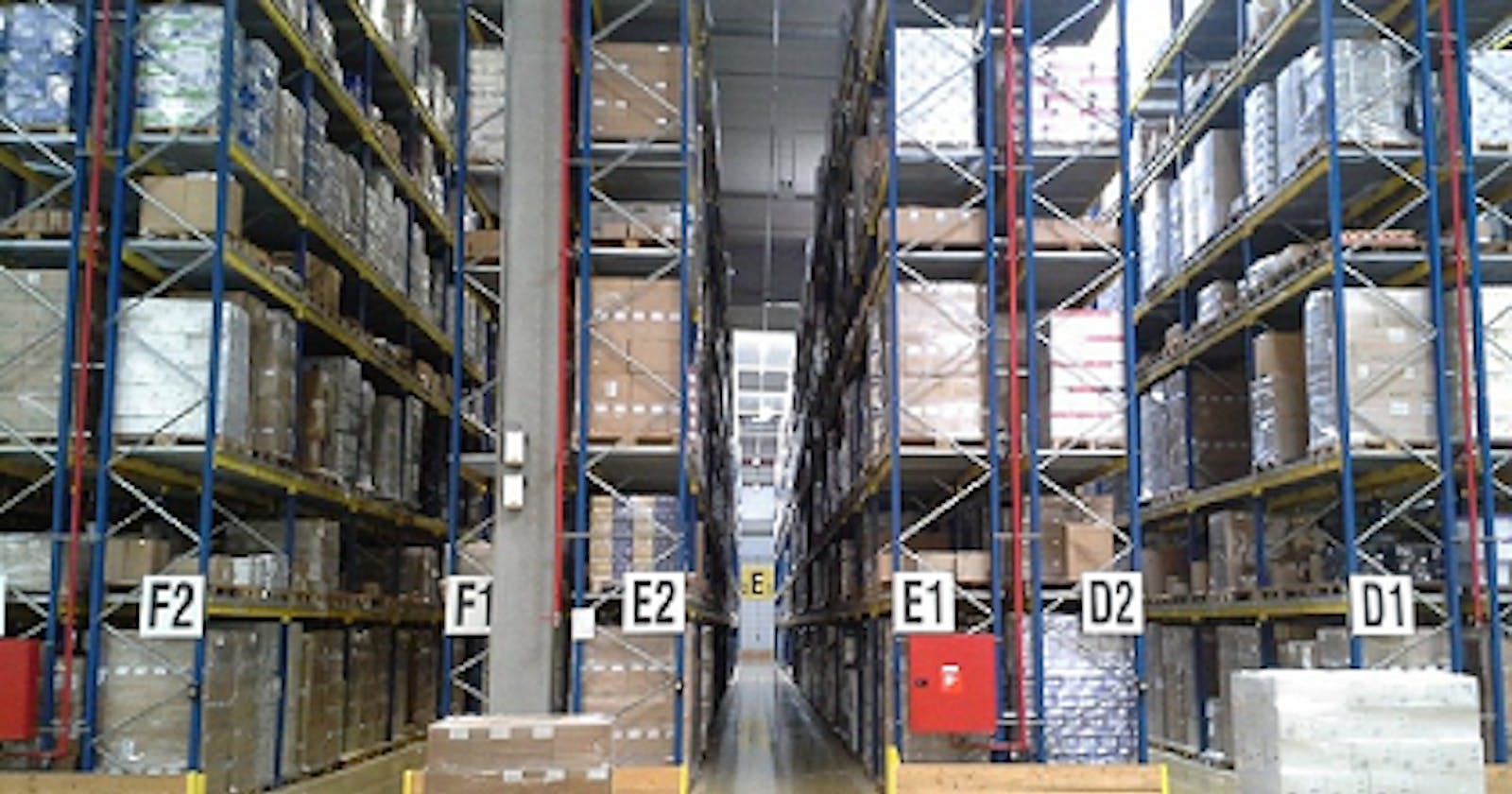As businesses grow, so does the need for efficient and effective management of assets. From physical assets like equipment and machinery to intangible assets such as patents and trademarks, keeping track of these assets is crucial for the success of any business. This is where asset management software comes into play. However, with so many available options, selecting the right asset management software for your business can be daunting. In this article, we will discuss some key considerations to keep in mind when selecting asset maintenance management software for your business.
Identify Your Requirements
Before you start looking for asset management software, it is important to identify your requirements. Consider the type and number of assets you need to manage, the level of automation you require, the reporting capabilities you need, and the level of integration required with other business systems. This will help you narrow down your options and choose software that meets your specific requirements.
Evaluate User Interface
A user-friendly interface is key to the success of any software. Evaluate the user interface of the asset management software you are considering. It should be easy to use and intuitive, allowing your team to learn and navigate the system quickly. Complex and confusing software can lead to frustration and mistakes, ultimately hampering productivity.
Check for Customisation Options
No two businesses are the same, and neither are their asset management needs. Check if the software allows for the customization of fields and workflows to meet your specific needs. Customization options allow you to tailor the software to fit your business processes and can save time and effort in the long run.
Consider Integration with Existing Systems
Asset management software should seamlessly integrate with other business systems, such as accounting software and enterprise resource planning (ERP) systems. This ensures that asset data is consistent across all systems and reduces the need for manual data entry. Look for software that provides integration options or has an open API for customization.
Check for Reporting Capabilities
Asset management software should provide insightful reports on asset usage, maintenance history, and depreciation. Reporting capabilities should be flexible and allow you to customize reports to meet your specific needs. This will enable you to make informed asset management and maintenance decisions, ultimately reducing downtime and costs.
Look for Mobile Access
Mobile access to asset management software allows your team to access asset data from anywhere, at any time. This is especially important for teams working remotely or in the field. Look for software that provides mobile access options, such as mobile apps or responsive web interfaces.
Evaluate Support and Training Options
A good asset management software provider should provide comprehensive support and training options to ensure your team can make the most of the software. Look for providers that provide ongoing support, such as phone and email support, and training options, such as online tutorials and user manuals.
Selecting the right asset maintenance management software for your business requires careful consideration of your specific needs and requirements. When selecting software, evaluate the user interface, customization options, integration capabilities, reporting capabilities, mobile access, and support and training options. By choosing the right asset management software, you can streamline your asset management processes, reduce downtime and costs, and ultimately contribute to the success of your business.
